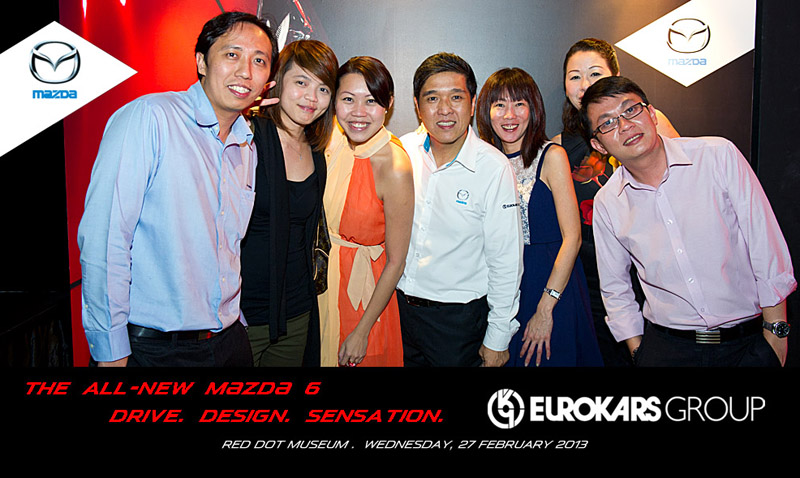
Double-blind administration eliminates even unconscious cuing and reduces the likelihood of erroneous identification. The cue may only be a facial tic or breath drawn. If the person administering the identification process knows which photo shows the presumed suspect, there is a significant risk of the administrator cuing the witness. In double-blind identification lineups, the person presenting the lineup is not involved in the investigation of the case and does not know the identity of the suspect. Lexipol’s Eyewitness Identification Policy outlines the generally accepted best practice of the double-blind photo lineup procedure. Relying on the best scientific knowledge available, many police agencies have adopted policies designed to obtain the most reliable eyewitness identification possible. Advances in science and scrutiny by courts have sharply questioned the validity of eyewitness identification procedures that do not follow best practices based in scientific evidence. In double-blind identification lineups, the person presenting the lineup is not involved in the investigation of the case and does not know the identity of the suspect.Įyewitness identification, whether obtained through a photographic lineup or the far less-common live lineup, has traditionally carried a strong presumption of reliability. Reyes filed a federal habeas corpus petition challenging his conviction and alleging the identification process was fatally flawed. A jury convicted Reyes of murder, attempted murder and home invasion. The judge refused to suppress the identification. Landon gave “muddled” answers, but he eventually identified Reyes as the shooter.

The defense attorney asked Landon several times whether Landon recognized Reyes in his photo. During the suppression hearing Reyes’ defense attorney asked Landon about Reyes’ and Peaslee’s photos. The detective also showed the nine-year-old girl a six-pack that included the same picture of Reyes, but she did not make an identification.īefore trial, Reyes moved to suppress Landon’s identification. He showed Landon a single six-pack that included an older photo of Reyes, as well as photos of two other suspects, Hernandez and Garcia. Six months after the shooting, the detective once again tried for an identification from Landon. Landon had been shown photo arrays on four separate occasions and had made no identification. Once again, Landon made no identification. However, Landon pointed to the photo of a filler subject named Peaslee (who was not a suspect), saying he wasn’t “the guy” but was “close.” A week later, the detective showed Landon five more six-packs, none of which included Reyes. Once again, Landon did not identify anyone as the shooter. Ten more days passed, and the detective again visited Landon and showed him two new six-pack arrays, one of which included a more recent photo of Reyes. Landon still could not identify a shooter.

Landon did not make an identification.Īfter 10 days, the detective again visited Landon and showed him the same six-pack arrays, still including the photo of Reyes. A week after the shooting, a detective showed Landon four six-pack photo arrays, one of which was built around Reyes. They also interviewed Landon in the hospital a couple of days after his surgery, when he was fairly well stoned on morphine. Officers took a witness statement from the nine-year-old girl on the night of the shooting. He spent over two weeks in the hospital recovering from the gunshots and surgery. Thomas was shot seven times and he died in the driveway. Landon ran outside but looked back and saw Thomas still struggling with the shooter. Thomas began to struggle with the shooter, while the daughter fled down the hallway to find her sister. One of the robbers shot Landon in the stomach. The older daughter was also in the living room and the younger daughter was taking a bath. Landon was on the couch and Thomas was at a table rolling a joint. The four men who were not known to Thomas (Reyes, Garcia, Hernandez and Smith) entered the home. The robbers arrived at Thomas’ house in two cars. Thomas’ nine-year-old and four-year-old daughters were also home. When the men went to carry out the robbery, another dealer, Timothy Landon, was at Thomas’ house. Soon the six men hatched a plan to rob Thomas and to divide the drugs and cash. Juan Reyes, Alex Garcia, Joseph Hernandez and Andre Smith were all visiting Wright at the time. Hutchins told another dealer, Kenneth Wright, about the cash and drugs in Thomas’s home. Hutchins and Thomas were on rocky terms because Hutchins had given Thomas counterfeit money for drugs. Troy Hutchins, a marijuana dealer, learned his supplier, William Thomas, had a large cache of drugs and at least $40,000 in cash at his home.


 0 kommentar(er)
0 kommentar(er)
